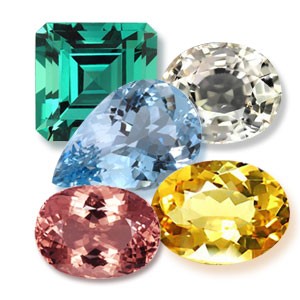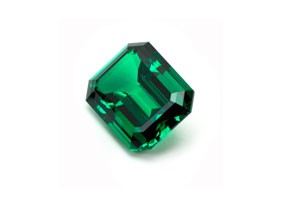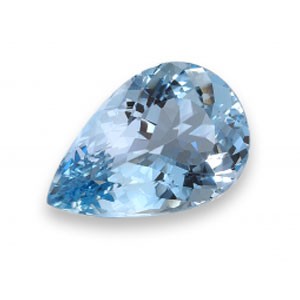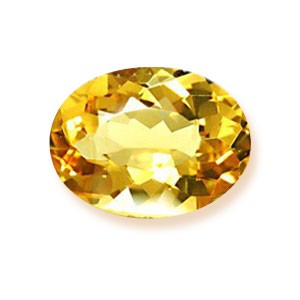Beryl Gemstones

Beryl Gemstones are fascinating because there are so many colours and varieties. Within the Beryl gemstones group there are emeralds, aquamarines, yellow, yellow/green, pink, and colourless Beryl. They all have the same chemical composition with different trace elements causing the different colours. Beryls can be faceted or cut en cabouchon and is a great gemstone to consider for an engagement ring.
Besides the most famous beryl gemstone of them all, the Emerald, there is a pink Morganite, yellow Heliodor, clear Goshenite, blue Aquamarine and red Bixbite.



